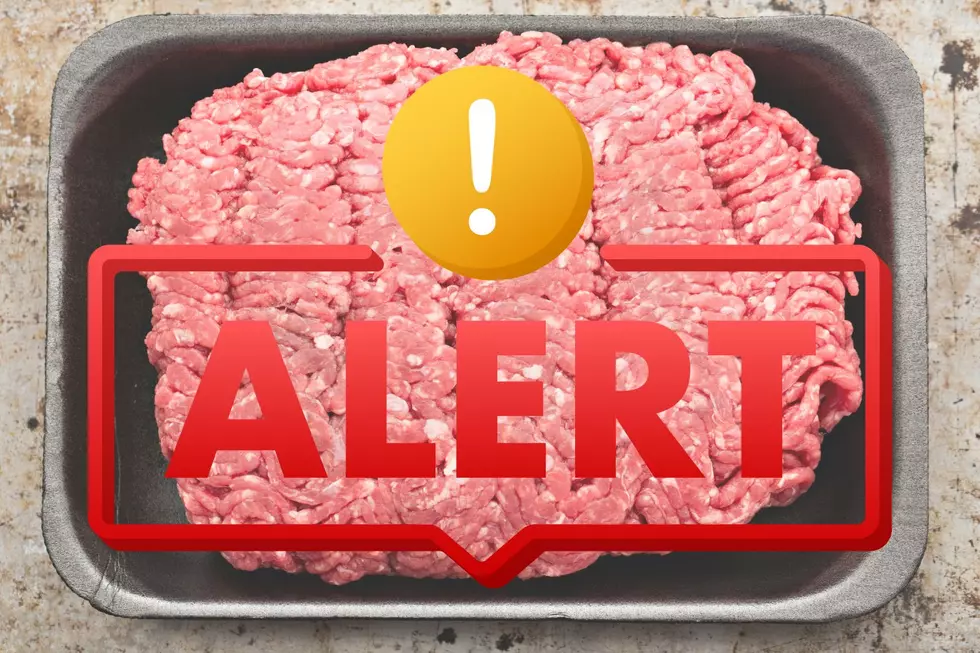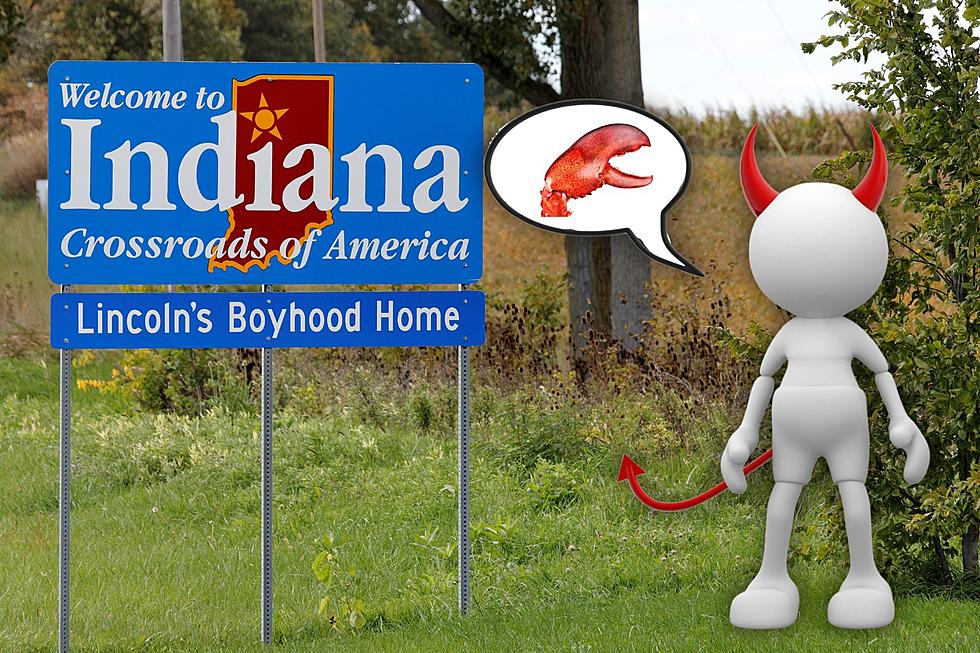
Proper Handling and Storage of Leftovers: Essential Tips for Your 4th of July Cookout
After the excitement of a fantastic 4th of July cookout, it's time to address the leftovers. Knowing how to handle and store them properly is crucial to maintain their freshness and ensuring no one comes down with a nasty foodborne stomach bug. With these essential tips, you can savor the deliciousness of your cookout even after the celebration has ended.
Act Quickly
Promptly refrigerate leftovers within two hours of cooking or removing them from the heat source. Bacteria can multiply rapidly in the "danger zone" between 40°F and 140°F, so storing leftovers promptly is crucial to prevent foodborne illnesses.
Divide and Conquer
Large portions of food take longer to cool down, providing an ideal breeding ground for bacteria. To cool food rapidly, divide it into smaller, shallow containers. This allows for faster and more even cooling, reducing the risk of bacterial growth.

Wrap It Up
Use airtight packaging or storage containers to wrap your leftovers. This practice helps to keep bacteria out, retain moisture, and prevent odors from other foods in the refrigerator from tainting the flavors. Proper wrapping is essential for maintaining the quality and safety of your leftovers.
Label and Date
To keep track of your leftovers and ensure freshness, label each container with its contents and the date it was stored. This information will help you prioritize which leftovers to consume first and avoid wasting any food.
Refrigerate or Freeze
Leftovers can be kept in the refrigerator for 3 to 4 days, but if you don't plan to consume them within that time frame, it's best to freeze them. Freezing extends the shelf life of leftovers, preserving their quality and flavors for up to 3 to 4 months. However, be aware that frozen leftovers may lose moisture and flavor over time.
Thaw Safely
When it's time to enjoy your frozen leftovers, thaw them safely. The recommended methods include thawing in the refrigerator, using cold water, or using the microwave. Refrigerator thawing is the safest but takes the longest, while cold water thawing is faster but requires careful attention. Microwaving is the quickest method but be sure to heat the food to a safe internal temperature before refreezing any leftovers.
Reheat Thoroughly
When reheating leftovers, ensure they reach an internal temperature of 165°F to kill any potential bacteria. Use a food thermometer to check the temperature and reheat sauces, soups, and gravies by bringing them to a rolling boil. Covering leftovers during reheating helps retain moisture and ensures even heating throughout.
Savor the taste of your cookout for days to come. With these guidelines in mind, you can make the most of your leftovers and avoid any worries about foodborne illnesses. Enjoy your delicious and worry-free meal!
[Source: USDA]
LOOK: 20 American foods that raise eyebrows outside of the US
More From WGBF-FM









